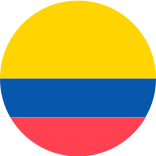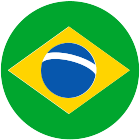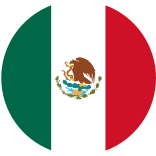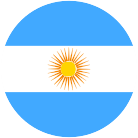How to make Colombian Hot Chocolate Corona?
- Latino Foods

- Nov 22, 2022
- 2 min read
In Colombia, we have our own "Cocoa" beverage as you may call it. We are talking about the hot drink you usually have with some marshmallows on a winter snowy night or whenever it's rainy and cold outside while you cuddle or go for a 'netflix and chill' plan.

This drink, usually drank as a substitute of coffee or tea, has a bitter or sweet taste depending on how much sugar you add while you make it. In this blog we will guide you through the easy process of making this tasty hot drink:
Instructions to make Chocolate Corona
1. Add in a pot the amount of cups you want to prepare (either milk or water, as you like).
2. When it is hot, add the Corona chocolate tablets, one for each cup of milk/water added.
You can add two to three cinnamon sticks to add some flavor to the mix.
3. Finally, blend with a grinder or in a blender. It does not need to boil.
You can add sugar at taste or no sugar at all.
Don't forget you can get these Chocolate tablets at our store, coming in up to three different presentations! Traditional, with Cinnamon and Low-Sugar.
Fun Fact!
Did you know Colombians add cheese to this hot chocolate drink?

Learn more about this fun fact in our blog "Colombians put Cheese in Hot Chocolate"
A bit of history about Chocolate Corona
In 1933 the National Company of Chocolates became a shareholder of the Galletas Noel Factorys. Subsequently, with the acquisition of Chocolates Chaves and Equitativa, Santa Fe and Tequendama, they began to consolidate themselves in the market, and, finally, they positioned the Corona, Diana and Tesalia brand.
During the 60’s, an active program to promote cocoa cultivation and diversification of its production began in the Company. In 1961 the emblematic Jet chocolate bar was born, the first chocolate candy manufactured industrially in the country, and together with it they created the first album with its collections of stickers. In 1968 they released the Natural History album, which became an important educational text for many generations.
In 2017, the largest solar roof in Antioquia and the second in the country was installed in their Rionegro Factory. Now the chocolates, nuts and cereal bars that are produced today in the Rionegro Factory have an additional ingredient: the energy of the sun. Thus, converting their pioneer plant into clean and environmentally friendly production in Colombia.
Thanks for reading! :D
Latino Foods Team











Comments